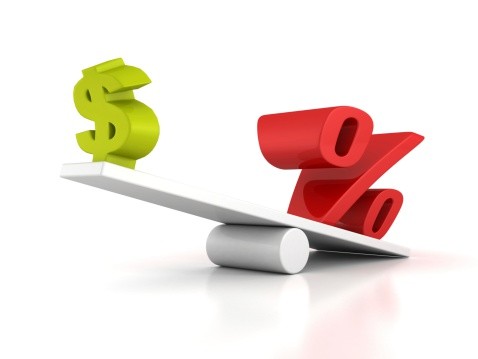Introduction to Leveraged ETFs
Post on: 28 Май, 2015 No Comment

In the past, investors who wished to leverage the returns posted by the broader markets or major indices had to buy or sell options or futures contracts in order to accomplish this objective. But a new breed of ETF has provided less sophisticated investors with a simpler method of achieving this goal. Leveraged exchange-traded funds have appeared that are designed to move either conversely or inversely to their underlying benchmark, which may be either a financial index or a specific segment or sub-segment of the markets. These volatile instruments are one of the newest innovations in the ETF arena. and they have quickly carved out a small but rapidly growing share of the ETF market since their inception a few years ago. But while these instruments are growing rapidly in popularity, they can provide substantial losses for those who are not thoroughly educated in how they work and the risks that come with them.
What are Leveraged ETFs?
Like other ETFs, leveraged ETFs are individual securities that trade on an exchange and can be bought and sold in intraday trading. But leveraged ETFs differ from their traditional cousins in that they typically invest in one or more derivatives, which will cause their prices to rise or fall exponentially farther than the underlying benchmark against which they trade. For example, an ETF that is double leveraged against the S&P 500 Index would rise and fall twice as much in price as the index itself. If the index rises 2% in a day, then this fund would rise by 4% in value. These funds can be leveraged at different rates, with some moving twice as much as the underlying market or index and others rising or falling three, four or more times as much as the benchmark. There are also leveraged ETFs that move inversely to their benchmarks. where the fund will fall in price by a given exponential rate when the benchmark rises and vice-versa. Those that move with the markets are referred to as long or bullish funds and those that move inversely are short or bearish.
ProShares Ultra Gold ETF (NYSE:UGL ) — This is a 2X leveraged ETF that will rise and fall at twice the rate of the daily London spot price of gold bullion. The fund invests in one or more of several types of instruments in order to achieve its objective, including swap agreements, futures and forward contracts and put and call options.
Velocity Shares 3X Short Gold ETF (Nasdaq:DGLD ) — This fund price rises and falls three times the opposite (inverse) of the S&P GSCI Gold index ER. It is designed for investors who are attempting to profit from leveraged inverse movements to the global price of gold.
Direxion Daily Natural Gas Related Bull 3X Shares (NYSE:GASL ) — This fund seeks to triple the daily performance of the ISE Revere Natural Gas Index TM. It can also invest in swaps and derivatives in order to meet its goals.
ProShares Ultrashort DJ UBS Natural Gas ETF (NYSE:KOLD ) — This fund trades the Henry Hub Natural Gas commodities contract on the NYMEX. It seeks to provide twice the inverse of the performance of the Dow Jones-UBS Natural Gas Subindex for a single day.
Advantages and Disadvantages of Leveraged ETFs

As mentioned previously, leveraged ETFs take much of the grunt work out of any attempt to leverage the markets, as they offer investors a prepackaged form of leverage that does not necessitate the requirements and complications that come with investing in swaps or derivatives. Investors who purchase leveraged ETFs will obviously reap exponentially larger profits from underlying price movements if the benchmark index or market moves in the desired direction. But those who play with these instruments will face the same disadvantage as investors who purchase securities on margin or use any other form of borrowing to finance their investments.
How they should be used
It is important to note that many leveraged ETFs reset on a daily basis, as shown in the previous example. This characteristic renders many of them inappropriate for use as long-term holdings in an investment portfolio. They are more appropriately used by short-term traders who buy and sell them within a matter of minutes or hours with protective stop-loss orders. In general, leveraged ETFs will post superior returns during periods of low volatility where the underlying benchmark slowly and steadily moves in the desired direction, and there are portfolio managers and other professionals who do use them in client portfolios for longer periods of time when this happens. But FINRA and other regulators have posted warnings to consumers about the risks that come with these instruments, and many leading professionals in the industry have echoed this sentiment. Joel Dickson, a senior investment strategist with Vanguard Funds made it clear that the warning about playing with matches definitely applies to leveraged ETFs. Paul Justice, the Associate Director of ETF research at Morningstar, said that leveraged ETFs can “kill” portfolios, and that they are probably too complex for most individual investors.
The Bottom Line
Leveraged ETFs can provide superior returns for sophisticated traders who understand how they work and the risks that come with them. Novice investors are probably wise to heed the regulatory warnings and steer clear of these instruments. Although they can be valuable additions to a portfolio under the right circumstances, they can also produce substantial losses over time if they are not monitored closely. For more information on leveraged ETFs, consult your stockbroker or financial advisor.














